Concussion & traumatic brain injury
A traumatic brain injury (TBI) is caused by external injuries. They vary greatly in severity, ranging from a concussion (essentially ‘bruising’ of the brain) to bleeding inside the brain and coma. However, even mild TBIs can lead to more severe injury. Repeated blows to the head and repeated concussion can cause brain scarring and neurodegenerative disease (chronic traumatic encephalopathy, “punch-drunk” syndrome, the condition that probably affected Muhammad Ali & many well-known sportsmen).
TBI can be caused by falls, car crashes, sports injuries, or domestic violence incidents. Symptoms include loss of consciousness, headache, nausea/vomiting, dizziness, drowsiness, difficulty concentrating, or other cognitive problems. If you experience any of these symptoms after a head injury you should seek medical treatment.
Examples: Concussion, traumatic brain injury.
Epilepsy
Epilepsy is a long-term neurological disorder in which groups of neurons discharge spontaneously, leading to seizures or ‘fits’. A seizure usually lasts between 1 and 3 minutes. People can have seizures for many other reasons (e.g. febrile seizures in children), and epilepsy is diagnosed only when someone has repeated seizures.
The most recognised form of seizure (tonic-clonic) can involve loss of consciousness and full body convulsions. Other types can cause briefly clouded consciousness, or uncontrolled movement in only one part of the body.
Example: Epilepsy.
Migraine & headache disorders
Headache is one of the most common symptoms experienced by humans. It can be a symptom of an underlying medical condition, but headache disorders (or primary headache) can occur without a definable brain disease. These are presumably due to neurochemical and neurovascular changes in regions of the brain. Some common headache disorders include migraine, tension-type headache, and cluster headache.
Head pain is the main symptom of any headache disorder but, particularly in migraine, this can be accompanied by other symptoms such as nausea, vomiting, sensitivity to light, or irritated eyes. There are many treatments available for headache, ranging from over-the-counter painkillers to prescription preventive treatments for chronic disorders.
You can find detailed information about headache on the Migraine & Headache Australia website. Migraine & Headache Australia is a division of the Brain Foundation.
Examples: Migraine, tension-type headache, cluster headache.


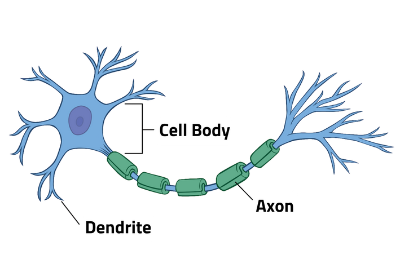
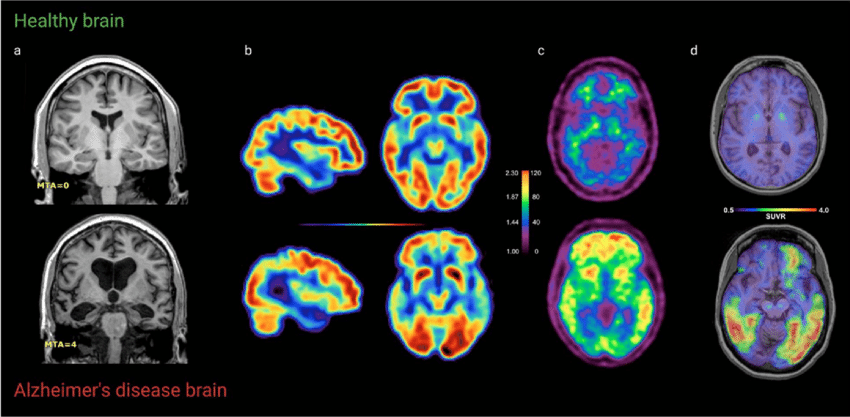
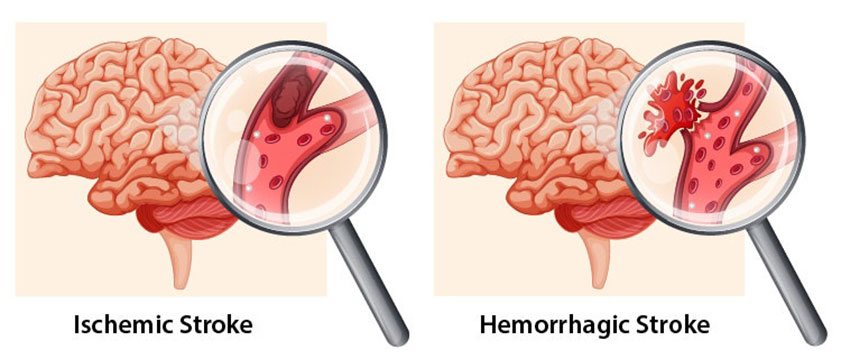
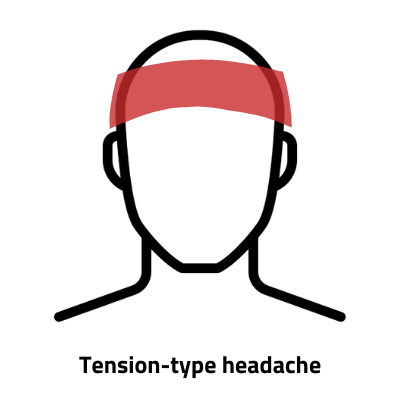
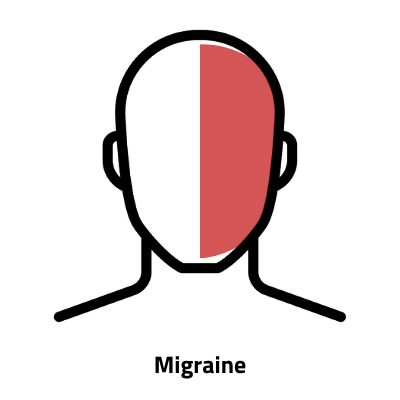
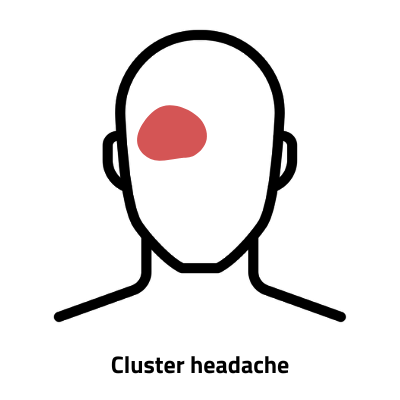



 The Brain Foundation is the largest, independent funder of brain and spinal injury research in Australia. We believe research is the pathway to recovery.
The Brain Foundation is the largest, independent funder of brain and spinal injury research in Australia. We believe research is the pathway to recovery.